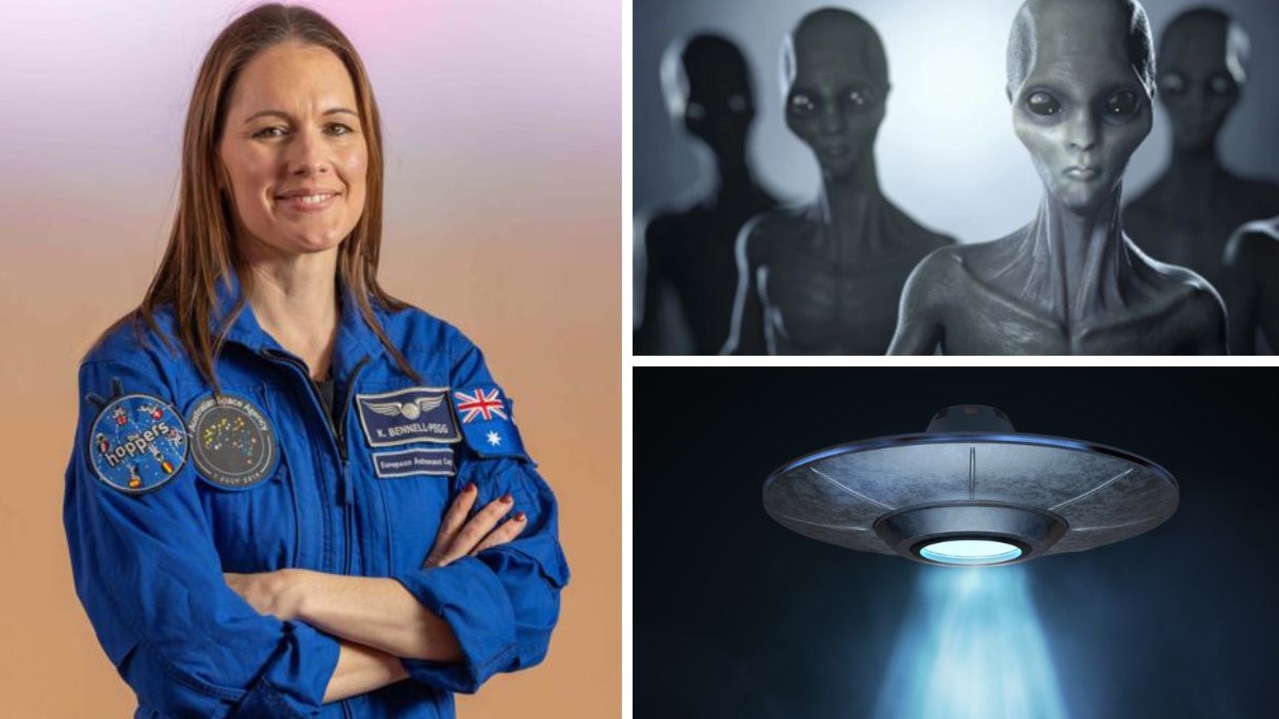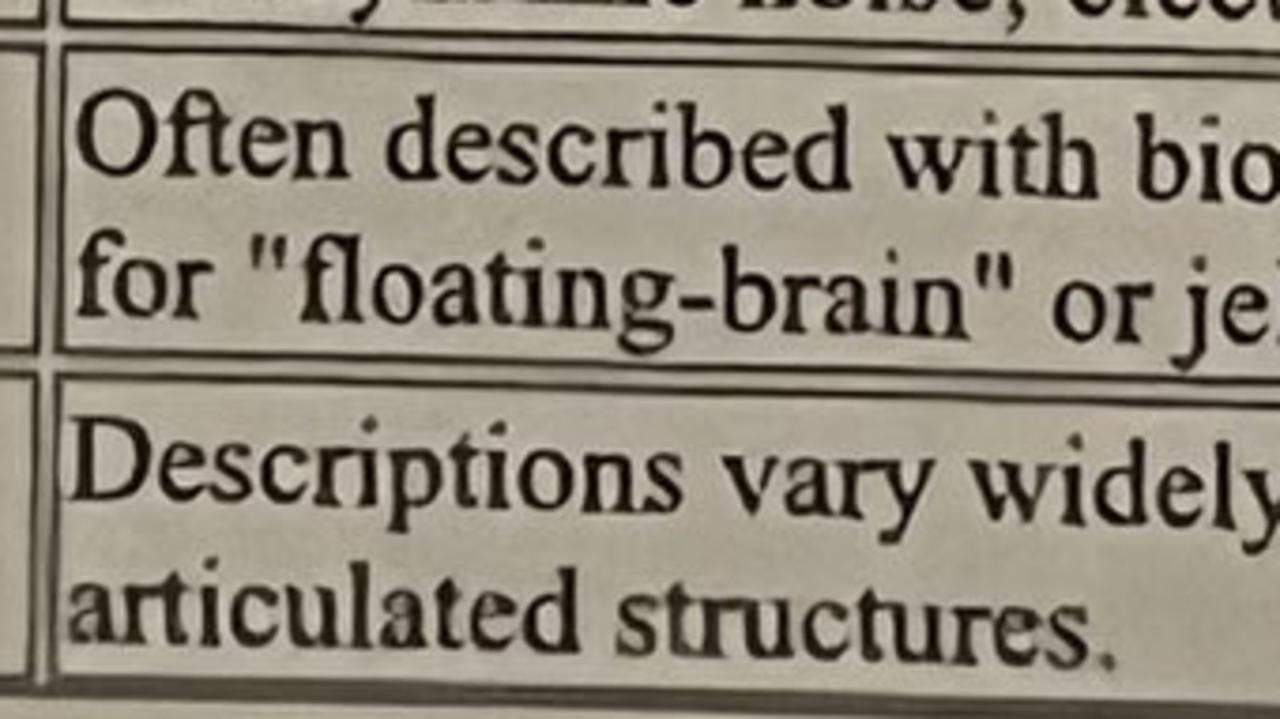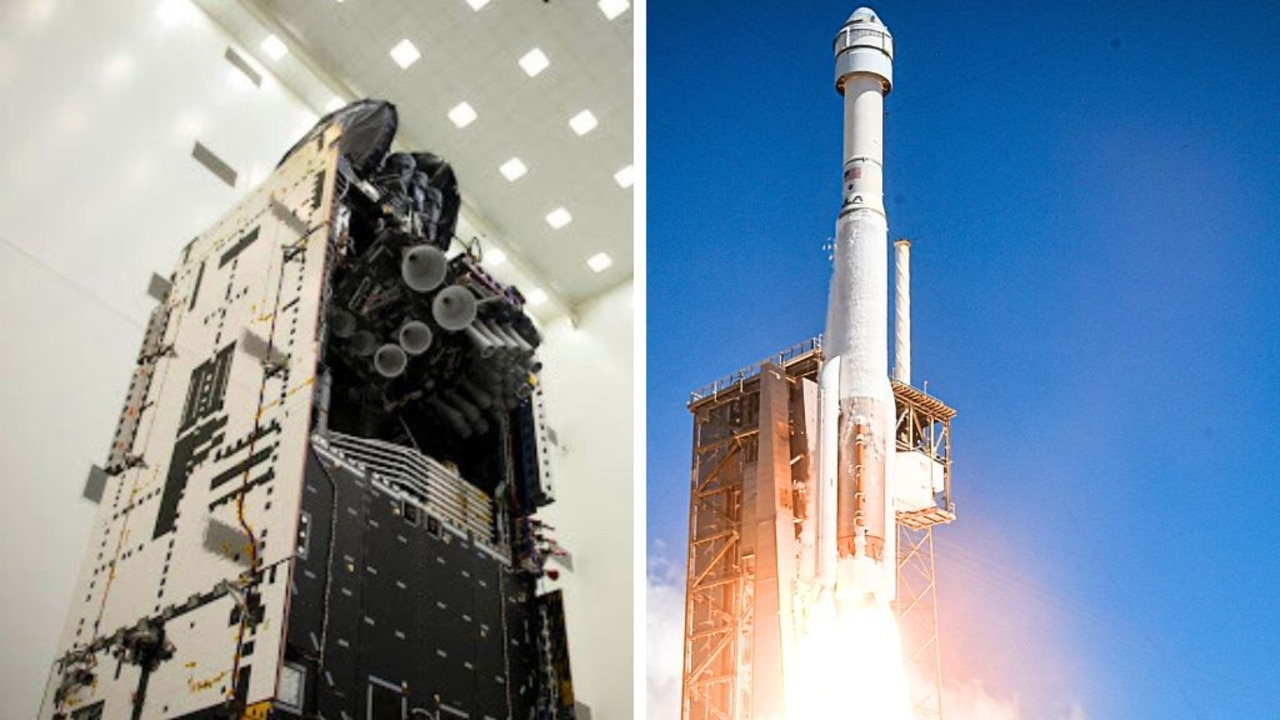Europe's comet-chasing Rosetta probe to wake up from long hibernation
ONE of the most ambitious missions in the history of space goes into high-risk mode today when a comet-chasing probe wakes up.

ONE of the most ambitious missions in the history of space goes into high-risk mode today when Europe rouses a comet-chasing probe from years of hibernation.
"The most important alarm clock in the Solar System" will end the scout Rosetta's long slumber, gearing it for a historic rendezvous in deep space, the European Space Agency says.
Launched almost a decade ago, Rosetta is a billion-dollar bet to prise open the secrets of comets.
Clusters of ice and dust - which explains their nickname of "dirty snowballs" - comets are believed to be remnants from the very birth of our star system.
"Unlocking these time capsules, looking at the gas, the dust and particularly the ice they're made of, provides great clues to the origin of our Solar System and, potentially, even of life," said astrophysicist Mark McCaughrean.
"This time capsule has been locked for 4.6 billion years. It's time to unlock the treasure chest."
To team up with Comet 67P/Churyumov-Gerasimenko, Rosetta was launched in 2004 on a trek of seven billion kilometres around the inner Solar System.
Like a game of cosmic billiards, the probe zoomed three times around Earth and once around Mars, using the planets' gravitational pull as a slingshot to gain velocity.
"We had to go around the Sun five times on different orbits to gain speed," said Paolo Ferri, ESA's head of solar and planetary missions.
By June 2011, the probe reached its intended furthest point from the Sun - at 800 million km so distant that our star had shrunk to a tepid dot.
While pursuing its path towards the comet, Rosetta at this point closed all its systems for a 31-month energy-saving sleep - the Sun's light just too dim to nourish the craft's two 14-metre solar arrays - panels so big they could cover a basketball court.
At 9pm AEDT its onboard computer is scheduled to end hibernation - a "wake up, Rosetta!" moment that ESA has turned into a Youtube video competition.
At that point, nerves at mission control in Darmstadt, Germany, will be stretched.
It will take Rosetta nearly six hours to fire up and test all its systems. It is so far away that, provided everything is OK, the "all systems nominal" radio signal will take 45 minutes to reach home.
"The coming months are going to be even more complex," said Prof Ferri.
Rosetta will progressively carry out braking and steering manoeuvres designed to get it on track with Comet "C-G."
In August, the craft will be inserted into an orbit just 25 kilometres above the comet, using 11 cameras, radar, microwave, infrared and other sensors to scan its surface.
In November, it will send down a fridge-sized robot laboratory, Philae, designed to harpoon itself to the crumbly comet surface and carry out experiments.
"We want to know everything about the comet -- magnetic field, composition, temperature, everything," said Amalia Ercoli-Finzi, in charge of one of the 10 instruments aboard Philae.
Over the last quarter-century, 11 unmanned spacecraft have been sent on missions to comets, most of them flybys.
Successes include the US Stardust probe, which brought home dusty grains snatched from a comet's wake, and Europe's Giotto, which ventured to within 200 km of a comet's surface.
But Rosetta should - in theory - cap them all in terms of its sampling size and proximity.
The Solar System has thousands and possibly millions of comets, which loop around the Sun in orbits ranging from a few decades to millennia.
Comet 67P/Churyumov-Gerasimenko is named after a pair of Soviet astronomers who in 1969 became the first to spot it.
It was designated for the mission because it once had a very elliptical, or egg-shaped, orbit.
This meant that it spent billions of years in the depths of the Solar System, preserved by deep chill, and relatively little time exposed to the warming and weathering effect of the Sun.
The track changed in 1959, when the comet was nudged onto a different path when it flew close to Jupiter, the biggest planet of the Solar System. It now returns every 6.6 years.



